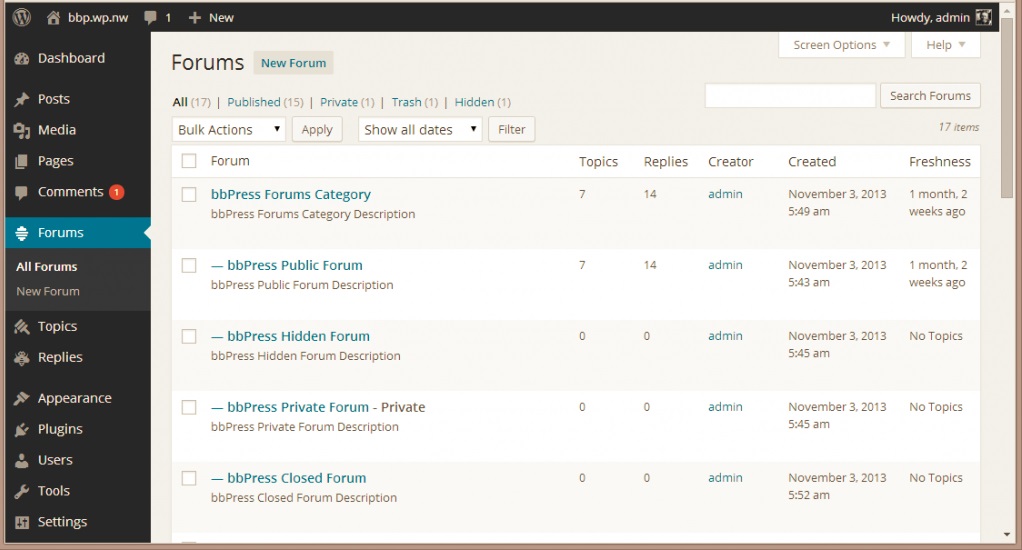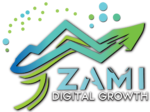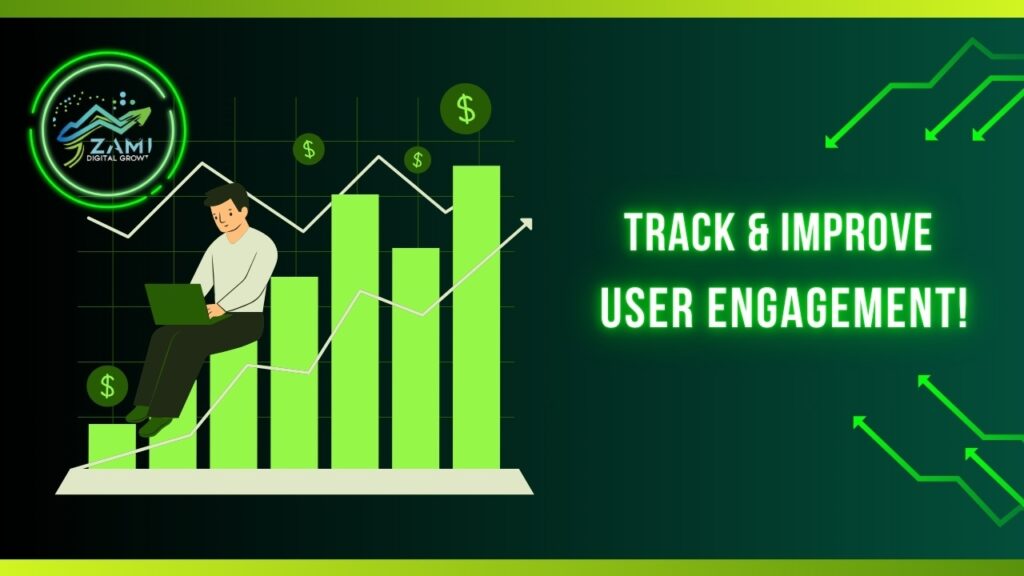Dynamic content optimization is one of the most important elements in the field of digital marketing that always changes. This guide aims to offer real strategies and tactics for effective content optimization. Moreover, you will be aware of the art of content writing to make sure that your posts do not only attract your readers but are within the expectations stipulated by SEO (Search Engine Optimization).
With keywords like US Content Optimization Basics, US Content Optimization Basics Today, and US Content Optimization Basics Guide for Beginners we will explore how to produce a traffic generating outstanding content.
The Importance of Dynamic Content Optimization
Data boost ensures that websites are friendly both to users and search engines. By changing specific aspects, you can increase the chances of getting found out, read, and shared.
Key Benefits Of Dynamic Content Optimization

Better Visibility: Increased organic page rankings results in higher discoverability..
More Engagement: Attracts & holds readers thereby increasing engagement
Building Authority: Establishes you as a go-to source in your industry.
Much Better User Experience: Improved user experience.
Essential Dynamic Content Optimization Techniques
Keyword Research:
Keyword research makes the establishment of any data boost technique.
Recognize Best Keywords:
Use keywords like “Basics of Dynamic Content Optimization USA” that are important to your point.
Long Tail Keywords:
Involve exhibitions just “similar to the basics of dynamic content optimization today.”
Analyzing search intent: Understanding user needs behind search queries.
Tools of utilize:
Google Keyword Planner
On-page SEO
Optimize components on your pages to improve your Search Engine indexing.
Title Tags and Meta Description:
Make compelling, keyword-rich titles and descriptions.
Headers:
Utilize H1, H2, and H3 for optimization.
Internal Linking:
Improve site navigation and SEO by linking to related data.
Picture Alt Text:
Use clear alt text for images to improve SEO.
Technical SEO
Address technical aspects to prop (up) and optimize data.
Site Speed:
Optimize your site for quick page load times.
Responsive Design:
Make sure your data works well on all devices.
Structured Data:
Apply schema markup to assist search engines in deep digest your data.
Unique & valuable data:
offer insights that are difficult to discover somewhere else.
Conversational tone:
Type in an engaging, reading-friendly way.
Interactive Media Integration:
Use pictures, recordings, and infographics to enhance data.
Readability:
Utilize short paragraphs, bullet focuses, and sub-headings.
backlinks from authentic resources can seriously boost your SEO
Guest Blogging: Post articles on reputable sites.
Outreach: Reach out to important industry players to obtain backlinks.
Quality over Quantity: Put more focus on obtaining high-quality backlinks.
Data Freshness:
Keep updating data regularly so it remains useful and interesting.
Add New Information: This adds value as it is a way of keeping the website fresh and offering fresh insights
Data Audits: Regularly examine the content and improve where necessary.
Creating Superior Contented
To come up with, powerful data that will attract readers and optimize search engines requires you to have a strategic approach.
Know Your Readers:
You need to understand the people who will be consuming your work.
Creating Personas: Make highly detailed descriptions of your ideal visitors.
Researching Audiences: Using analytics, interviewing, as well as surveys can help you understand what they want and dislike.
Planning and Structuring Your Contented

There is improved readability and SEO where a piece is organized well.
Outlining:
Introduction: Attract attention and set expectations
Body: Use specific subheadings to divide into sections within paragraphs
Conclusion: Highlight main points in summary form that could make them act.
Content Writing Best Practices
Engaging Intro:
Start with a Hook: Employ an engaging quote, question, or statistic.
Purpose Statement: Indicate clearly what readers will learn.
Body data:
Be Straightforward: Avoid fluff; be crisp.
Use Subheadings: Organize data using H2 and H3 tags.
Bullet Points/ Lists: Improve readability through bullet points for key information.
Integration of Multimedia:
Visuals: Use pictures and infographics to break up the text and make it visually appealing.
Videos: Integrate videos as they increase engagement and go deeper in explaining issues.
Readability:
Two-Sentence Paragraphs – Accommodate short paragraphs that are 2-3 sentences long.
Simple Language – Do not use jargon unless necessary. Use plain and simple language to be understood by everyone else
Active Voice
Dynamic Content Optimization Checklist – Frequently Asked Questions (FAQs)
What is content optimization?
Data optimization means refining the text for better search engine performance and to be more appealing to its readers. This includes, but is not limited to effective keyword use, improving content structure as well as adding multimedia.
Why is data boost important?
Content optimization is important because:
It increases Visibility: Better ranking on search engines.
It promotes Engagement: Keeps readers engaged with your page.
It creates Authority: Makes your brand an expert.
It enhances User Experience: For easy navigation and readability
What should a dynamic content optimization checklist include?
A dynamic content optimization checklist helps you address all necessary aspects customized to your specific needs. It should include:
Keyword Research:
Use tools similar to SEMrush, Ubbersuggest, Ahrefs, and Keyword Planner.
Identify key terms like “dynamic content optimization checklist.”
On-Page SEO:
Optimize title tags, headers, internal links, and images
Technical SEO:
Improve site speed, mobile-friendliness, and structured data
Data Quality:
Ensure unique insights are chosen instead of dull analysis or trite comments and multimedia integration
Regular Updates:
Ensure that your data are up-to-date always
How do I start with keyword research?
To begin, you should:
Find expressions like as “checklist for dynamic content optimization.”
Tools of SEO: SEMrush, Ahrefs, and the Google Keyword Planner.
Analyze search intent: What users are looking for.
Long-Tail Keywords: Use specific phrases in line with your content goals.
What are effective on-page SEO techniques?
Some of the effective on-page SEO techniques include:
Title and Meta Tags: Write catchy title tags full of keywords.
Headers: H1 for the main title and H2, H3 for subheadings
Internal Linking: Connect pages that have related content within your site.
How can dynamic content optimization enhance Usability?
Dynamic content optimization improves a site’s Usability, reduces loading time, allows responsive design, and organizes content into a logical format, which is critical to ZAMI Digital Growth.
The following are some of the best tools to use when conducting keyword research:
Popular keyword research tools include SEMrush, Ahrefs, Google Keyword Planner, and Ubersuggest. These tools help determine the right keywords, such as “Dynamic Content Optimization Checklist.”
What frequency should a writer post to get the best outcome?
Regular updates are essential. An organic SEO consultant recommends content audits at least twice every six months to ensure all information reflects current information and to provide new perspectives to add insight.
How does an organic SEO consultant help optimize dynamic content?
An Organic SEO Consultant assists in choosing the appropriate keywords for targeting, making proper changes to all the elements on the page, and ensuring that the content strategy complies with the Organic SEO to improve its performance.
What is structured data, and why is this kind of data necessary?
Rich snippets or schema markup, as well as an HTML tag, assist search engines in clearly understanding what your site offers. It also enhances the presentation of pages according to the search results. Specifically, websites or documents such as Google SEO Jackyan Guide may be used.
How does backlinking contribute to dynamic content optimization?
Backlinking can be of great importance in making dynamic content since it allows for the enhancement of the content that is linked to other pages or sites to be related to.
Every internet user knows that the site’s relevance increases in rating when the links from other sites of similar Internet-topic ranking are relevant. Concentrate on acquiring backlinks from trustworthy sites, outreach, and guest blogging.
How can one come up with highly catchy introductory parts?
Begin with a quote, question, or fact that will be remembered. To grab the reader’s attention effectively, announce or state your purpose immediately.
Here is a rudimentary checklist of elements that should help you make sure that your content is indeed readable:
Use short paragraphs, bullet lists, subtitles, and plain writing. Keep it friendly, and remember to keep the sentences simple and to the point.



